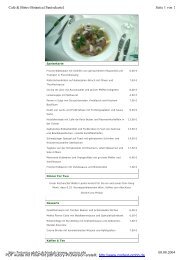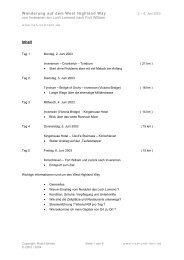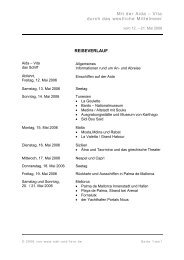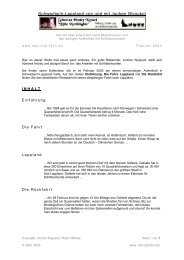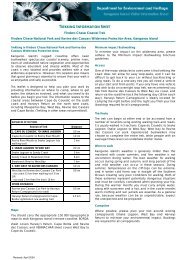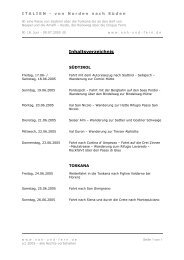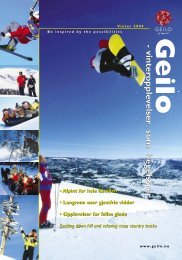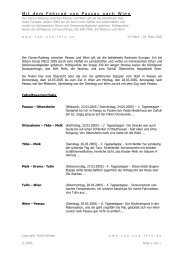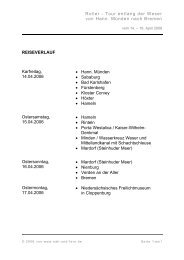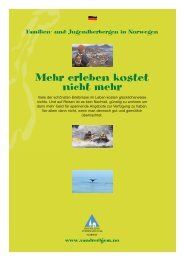Kakadu National Park Visitor Guide and Maps - Free
Kakadu National Park Visitor Guide and Maps - Free
Kakadu National Park Visitor Guide and Maps - Free
Create successful ePaper yourself
Turn your PDF publications into a flip-book with our unique Google optimized e-Paper software.
Welcome to <strong>Kakadu</strong>The Board of Management <strong>and</strong> park staff welcome you to <strong>Kakadu</strong>. On behalf ofthe Aboriginal traditional owners, we hope you will enjoy learning about culture,l<strong>and</strong> management <strong>and</strong> caring for country.<strong>Kakadu</strong> is a cultural l<strong>and</strong>scape. It was shaped by the spiritual ancestors ofAboriginal people during the Creation Time. These ancestors or ‘first people’journeyed across the country creating the l<strong>and</strong>forms, plants, animals <strong>and</strong> Bininj/Mungguy (Aboriginal people). They brought with them laws to live by: ceremony,language, kinship <strong>and</strong> ecological knowledge. They taught Bininj/Mungguy how tolive with the l<strong>and</strong> <strong>and</strong> look after the country.The name ‘<strong>Kakadu</strong>’ comes from an Aboriginal floodplain language called Gagudjuwhich was one of the languages spoken in the north of the park at the beginningof the twentieth century. Although languages such as Gagudju <strong>and</strong> Limilngan areno longer regularly spoken, descendants of these language groups are still living in<strong>Kakadu</strong>. Aboriginal languages used in the park today include Kunwinjku from thenorth-eastern region, Gun-djeihmi from the central region <strong>and</strong> Jawoyn from thesouthern region.<strong>Kakadu</strong> <strong>National</strong> <strong>Park</strong> is a Commonwealth Reserve covering almost 20 000 squarekilometres, <strong>and</strong> includes the traditional l<strong>and</strong>s of a number of Aboriginal clangroups. <strong>Kakadu</strong> is managed jointly by its Aboriginal traditional owners <strong>and</strong> theAustralia Government Department of Environment <strong>and</strong> Heritage.'If you respect the l<strong>and</strong>,then you will feel the l<strong>and</strong>.Your experience will be one that youcannot get anywhere else in the world.'Brian Baruwei - Wurrkbarbar clan.Aboriginal traditional owner.<strong>Park</strong> Laws<strong>Kakadu</strong> <strong>National</strong> <strong>Park</strong> is a Commonwealth Reserve under the EnvironmentProtection <strong>and</strong> Biodiversity Conservation Act 1999. As a result, the laws in<strong>Kakadu</strong> differ in some ways from other areas within the Northern Territory. Formore information please call the Bowali <strong>Visitor</strong> Centre on (08) 8938 1120.Bininj (pronounced Bin-ing) is a Kunwinjku <strong>and</strong> Gun-djeihmi word,Mungguy (pronounced Moong-gooy) is a Jawoyn word. Both are similar tothe English word man <strong>and</strong> depending on the context can mean man, male,person or Aboriginal people.23



